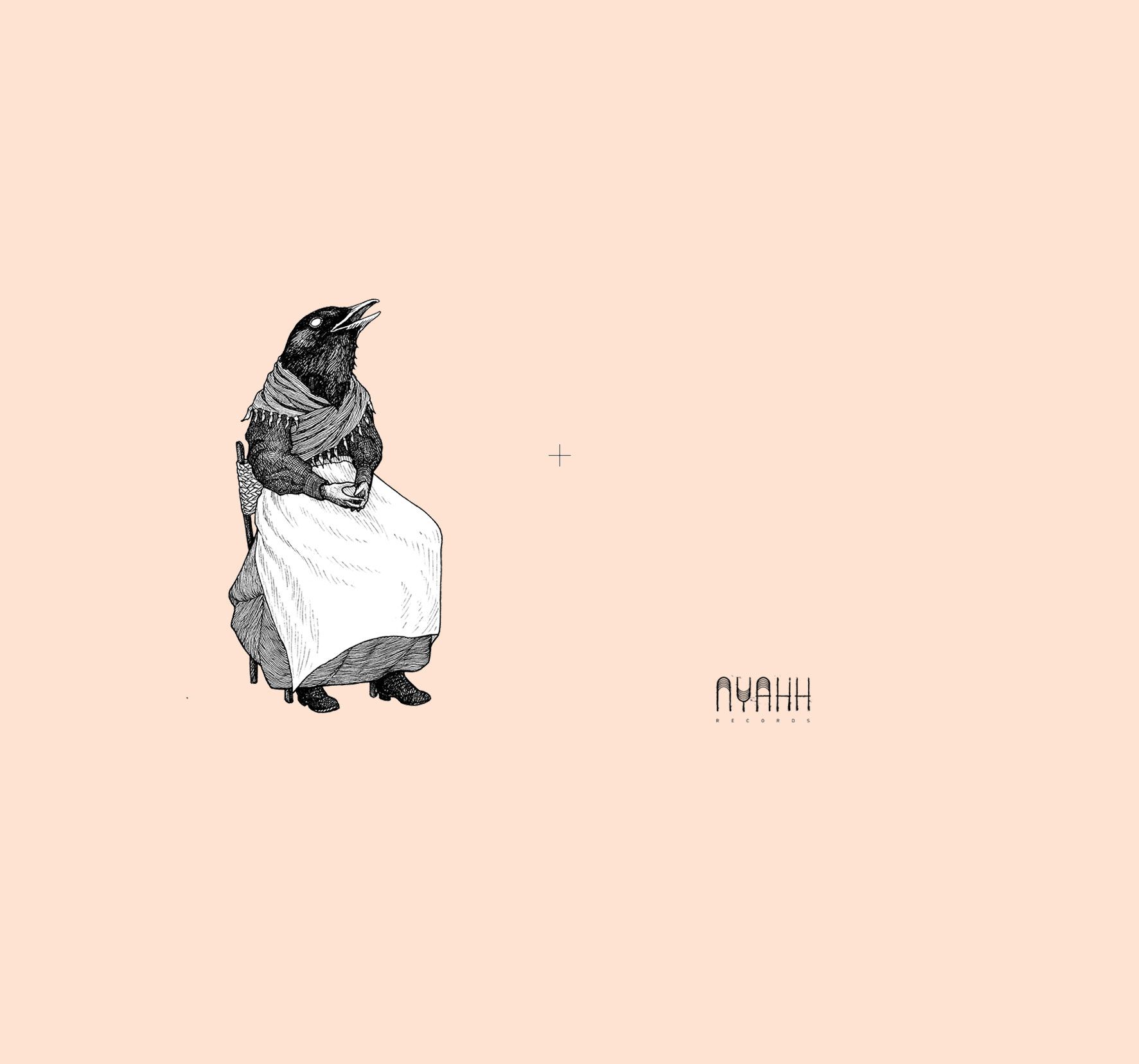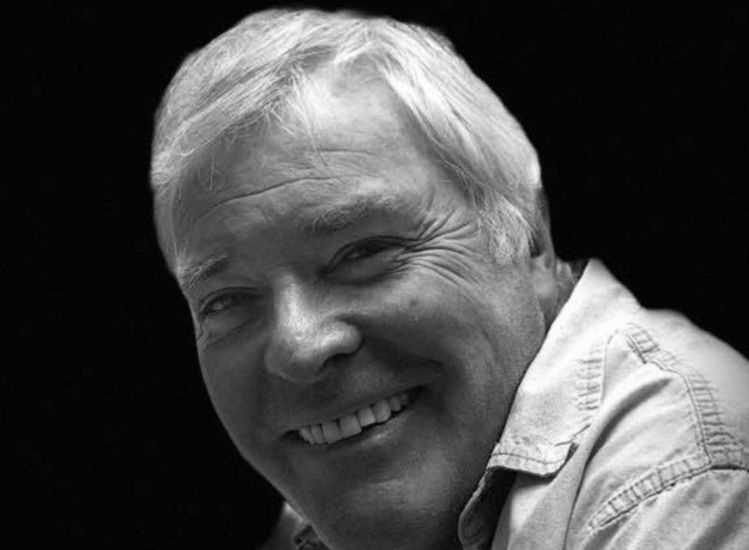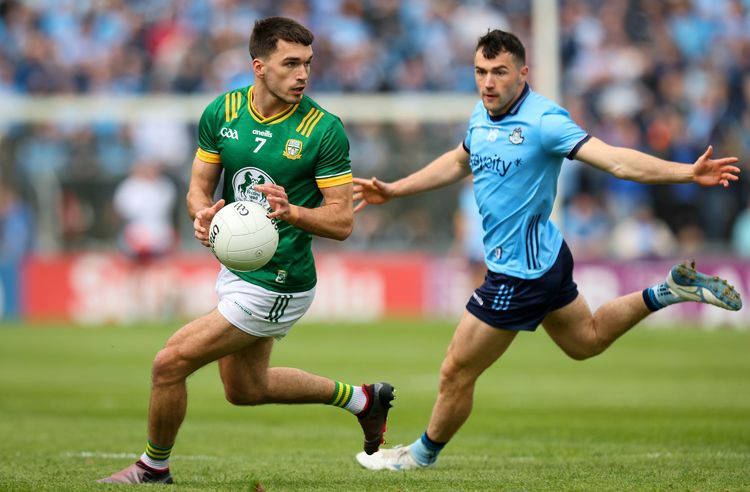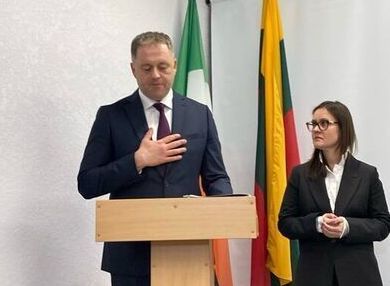This week I’ve been listening to “A Collection of Songs in the Traditional & Sean-Nós Style,” a gorgeous collection from Nyahh Records, which features 11 singers singing unaccompanied. It’s a great collection of tracks that draw out the nuance of traditional and sean-nós styles, but what gives this album a bit of a lift is an interesting twist with how it was recorded.
Nyahh Records, “a home for sound collectors, noise makers and music builders who love a good Nyahh” is run by Willie Stewart and is largely known for releasing recordings of an experimental (and non-traditional) music made by Irish artists. Among them is “…And Take The Black Worm With Me” by One Leg One Eye, a solo project by Lankum’s Ian Lynch and an album that strays far from the world of traditional expression.
But with “A Collection of Songs…” Nyahh’s gone straight into the soul of Ireland’s singing tradition and what they’ve done is give agency to the artists who are represented here, a list that includes two generations of singers from different parts of Ireland and consists of Conor O’Kane, Aoife Hammond, Eoghan Ó Ceannabháin, Michael Frank Ó Confhaola, Rosie Stewart, Ruth Clinton, Fionnuala Maxwell, Nell Ní Chroinin, Thomas McCarthy, and Sarah Ghriallais, through the manner with which their tracks were recorded.
The performances here are all superb – if you love unaccompanied sean-nós singing, the strength and individuality of every track makes this an album worth having.
But if the album might be considered innovative, it’s because of the philosophy behind recording technique, which is a twist on the work field collectors do. Of the album’s 11 tracks, eight were collected by the performers themselves on their cell phones. ( The remaining three appeared on previous studio releases.) Although it may sound counter-intuitive, this approach is effective for this style of project, because it blurs the line between commercial release and field recording.
This works for a few reasons. A contemporary run of the mill iPhone or Android has a microphone of reasonable quality, can be attached to an external mic to improve fidelity, and has settings that allow a user to determine the bitrate at which audio is captured. This means a recording of a solo voice or instrument can be strong from a technical point of view, especially if “studio control” isn’t a concern.
But since the individual can perform in isolation, away from what might feel is an engineer or collector’s intrusive gaze, the pressures change. A performer might think less of how the recording is being made and focus more about their performance. It’s a very stripped down approach that can yield bracingly authentic results that can not only better convey the expressivity of the individual, but also the space in which they’re singing. (Incidentally, a good example of this approach’s effectiveness in a different context is Seán Gavin, who won the prestigious and highly competitive Seán Ó Riada prize in 2016 by submitting recordings he made using his cell phone.)
If you’ve ever been invited into someone’s home for music, you will recognize how the sound of a space’s architecture can immediately convey an intimate sense of place and there are more than a few tracks on this album that really drive this idea home. Nell Ní Chroinin’s (Danú; Corn Uí Riada winner, 2014) recording of “Banks of Sullane” was recorded in her sitting room in Kilkenny, while Méabh Meir’s (Landless) “Queen Among The Heather” was made in her mother’s kitchen, “which is shaped a bit like a cave,” in Belfast. Both of these spaces are in private homes and would be hard to recreate exactly in a studio environment. But when you hear them here, you find yourself transported through song and sound.
Not all the spaces on the album were recorded in homes, which affords the package some diversity. Eoghan Ó Ceannabháin’s “Eileanóir na Rún” was recorded in the green room in Spiddal’s Stiúideo Cuan during a private moment after a gig with the band Skipper’s Alley. The size of the space is immediately apparent and it’s clear Ó Ceannabháin’s tailoring his performance to maximize his sound in the room. And both Thomas McCarthy’s (Gradam Ceoil, Traditional Singer of the Year, 2019) “The Wicklow Mountains High” and Ruth Clinton’s (Landless) “Lament of the Irish Mother” were recorded live at the Cobblestone Pub in Dublin. The sounds of a lively pub – which is itself a defined space – conveys a warmth that enhances these already warm performances.
“A Collection of Songs in the Traditional & Sean-Nós Style” is a wonderful album. Because every singer on here dazzles, the unique approach to making this album succeeds and feels very cohesive, but I find it a bit hard to compare to other things. In some ways, I’m reminded of Micheál Ó Raghallaigh and Danny O’Mahony’s album “As It Happened” (http://dannyomahony.com/) which they called a “free-range recording,” because like this it was recorded direct-to-device with no editing or effects in post-production. I also can’t help but think of things like “The New Demesne,” the lavish two-CD set of field recordings Alan Lomax made in Ireland in the 1950s (https://www.itma.ie/shop/) and the book “Going to the Well for Water: The Séamus Ennis Field Diary 1942-1946” because each touches on field collecting in Ireland, albeit from different angles.
I’m also reminded of Deirdre Ní Chonghaile’s book “Collecting Music in the Aran Islands: A Century of History and Practice,” a critique of field collection methods that I gushed about here back in 2021, because this project seems to embrace her criticism and sets the idea and motivations of the “field collector” a little bit on their end, which I like. Love the album and its distinctiveness and I definitely recommend it, especially to folks interested in unaccompanied Irish singing traditions. To learn more, visit https://nyahhrecords.bandcamp.com.https://nyahhrecords.bandcamp.com









